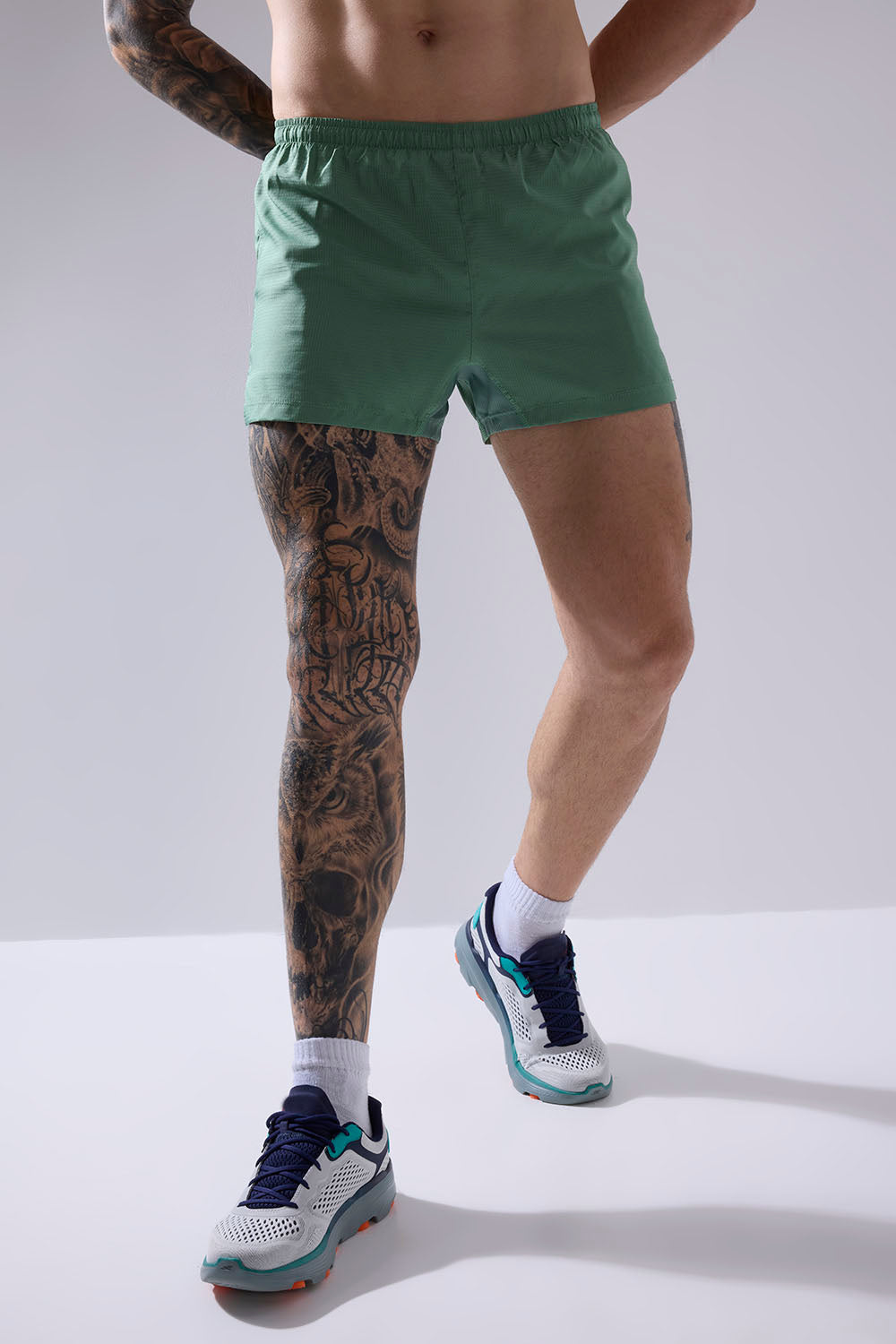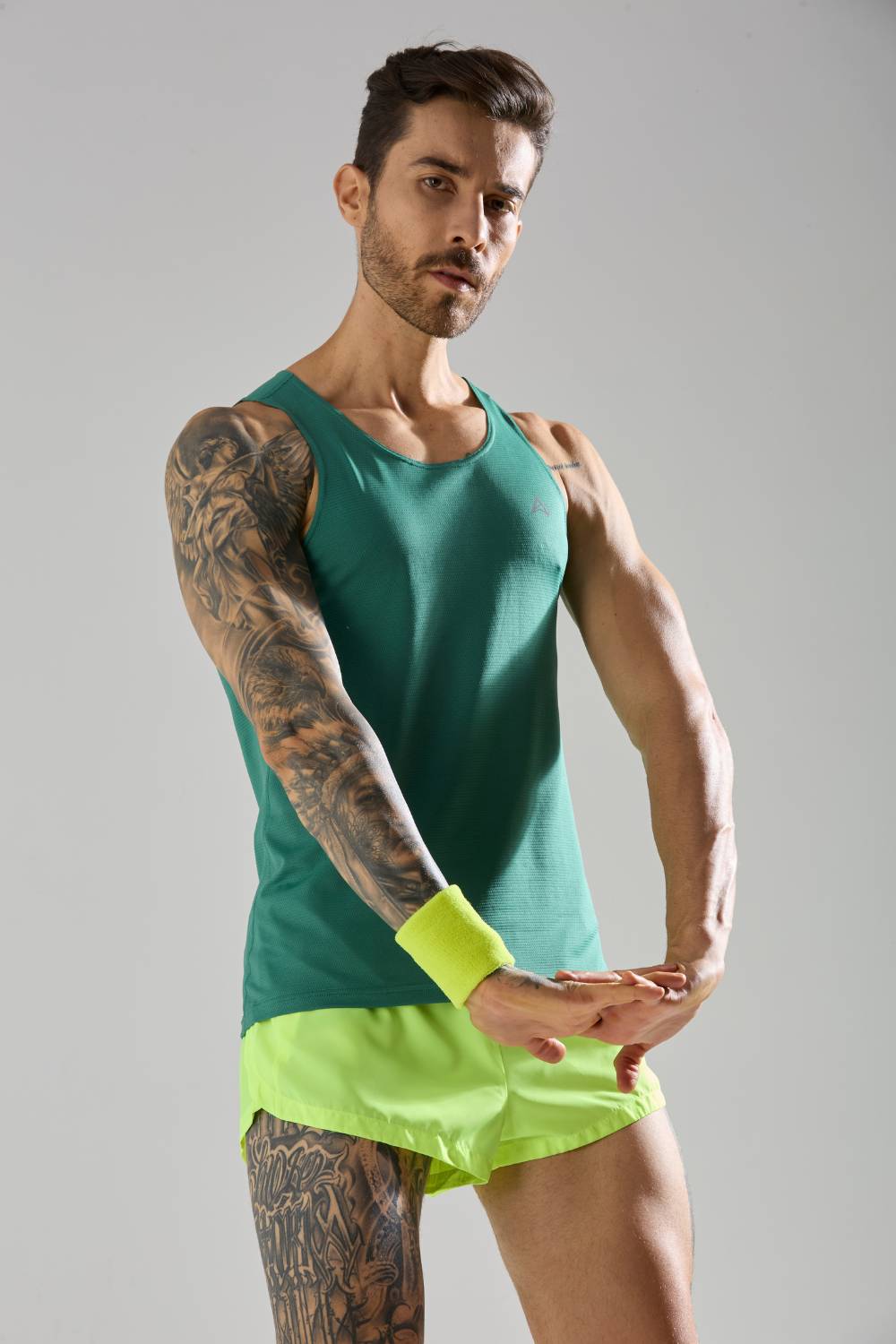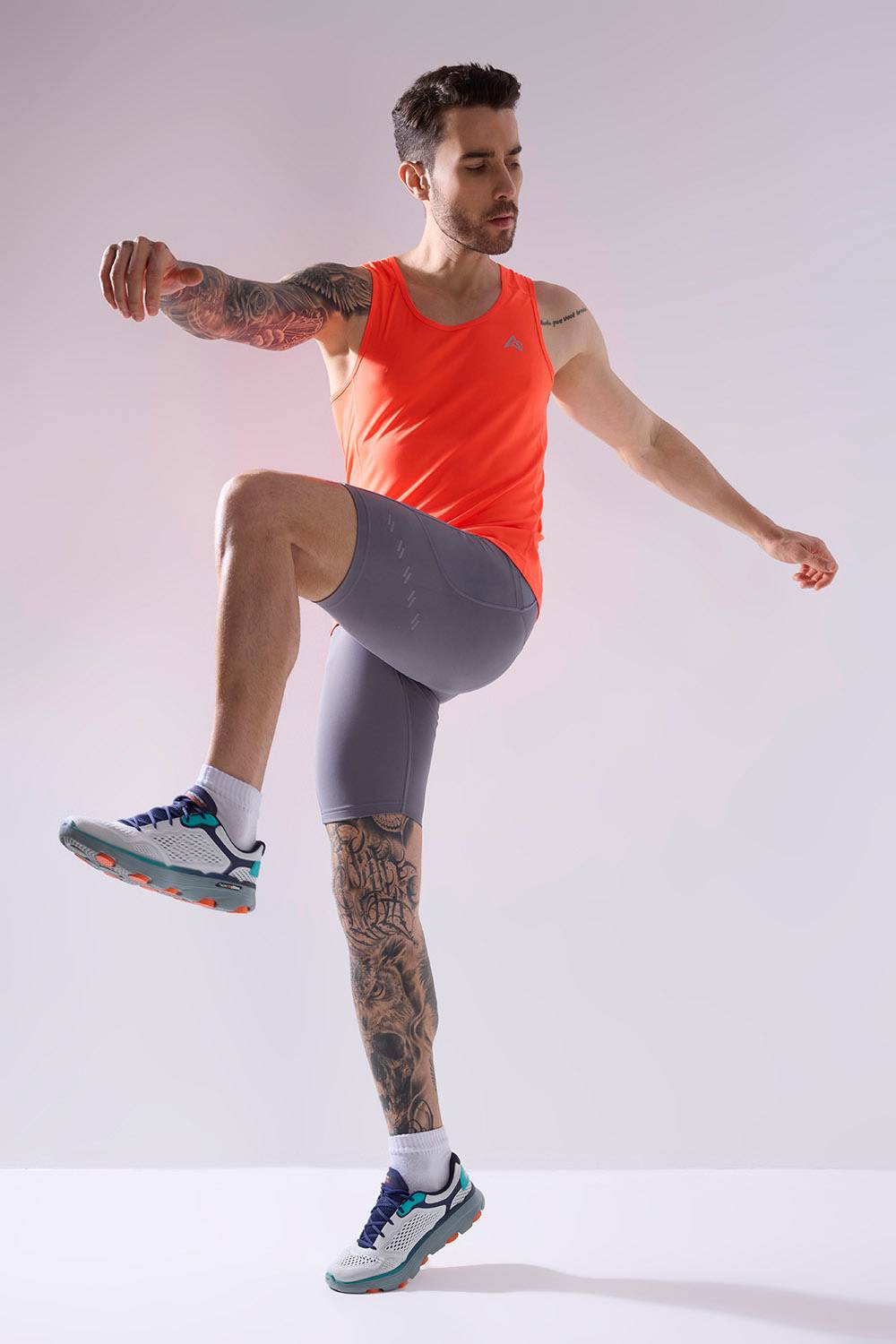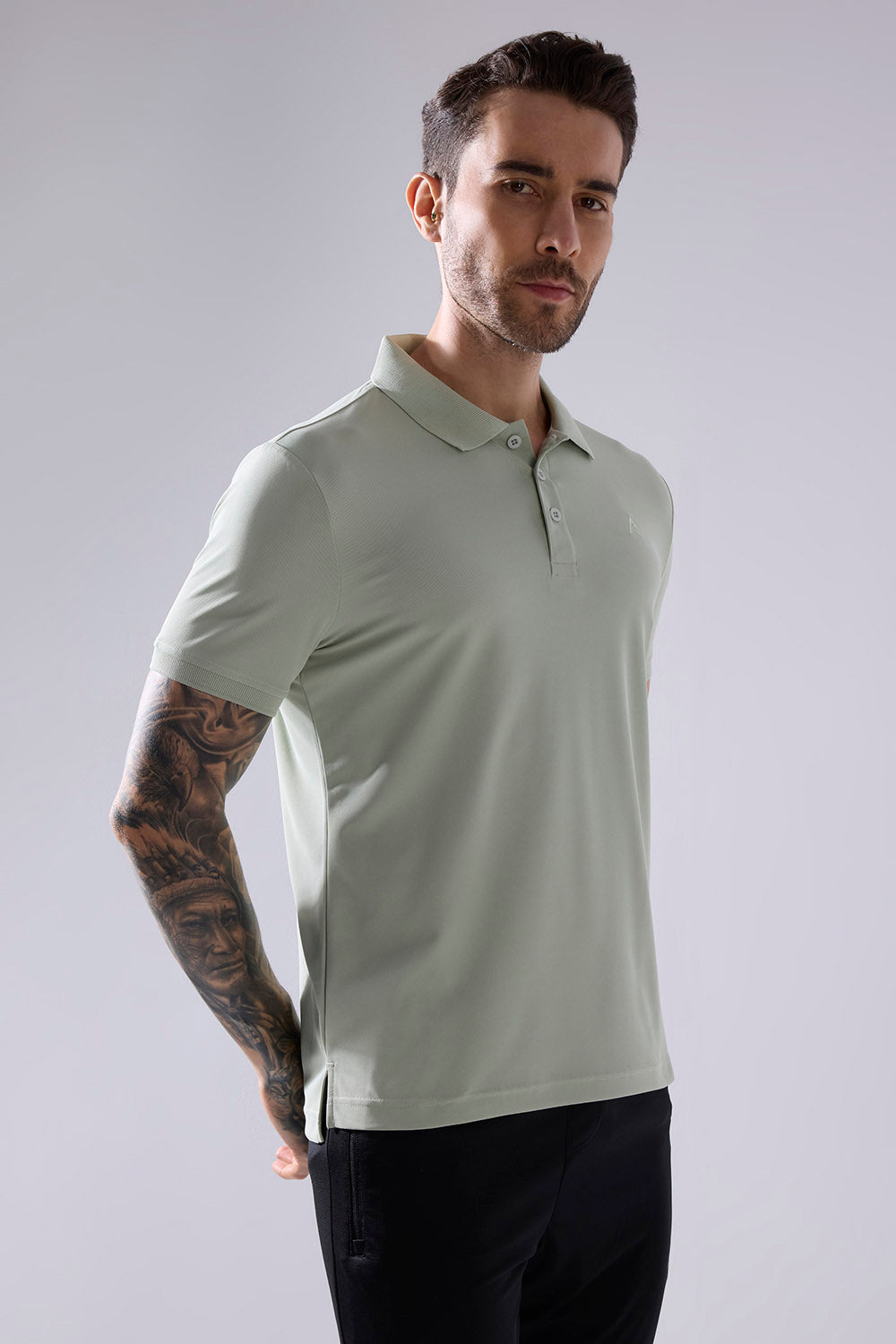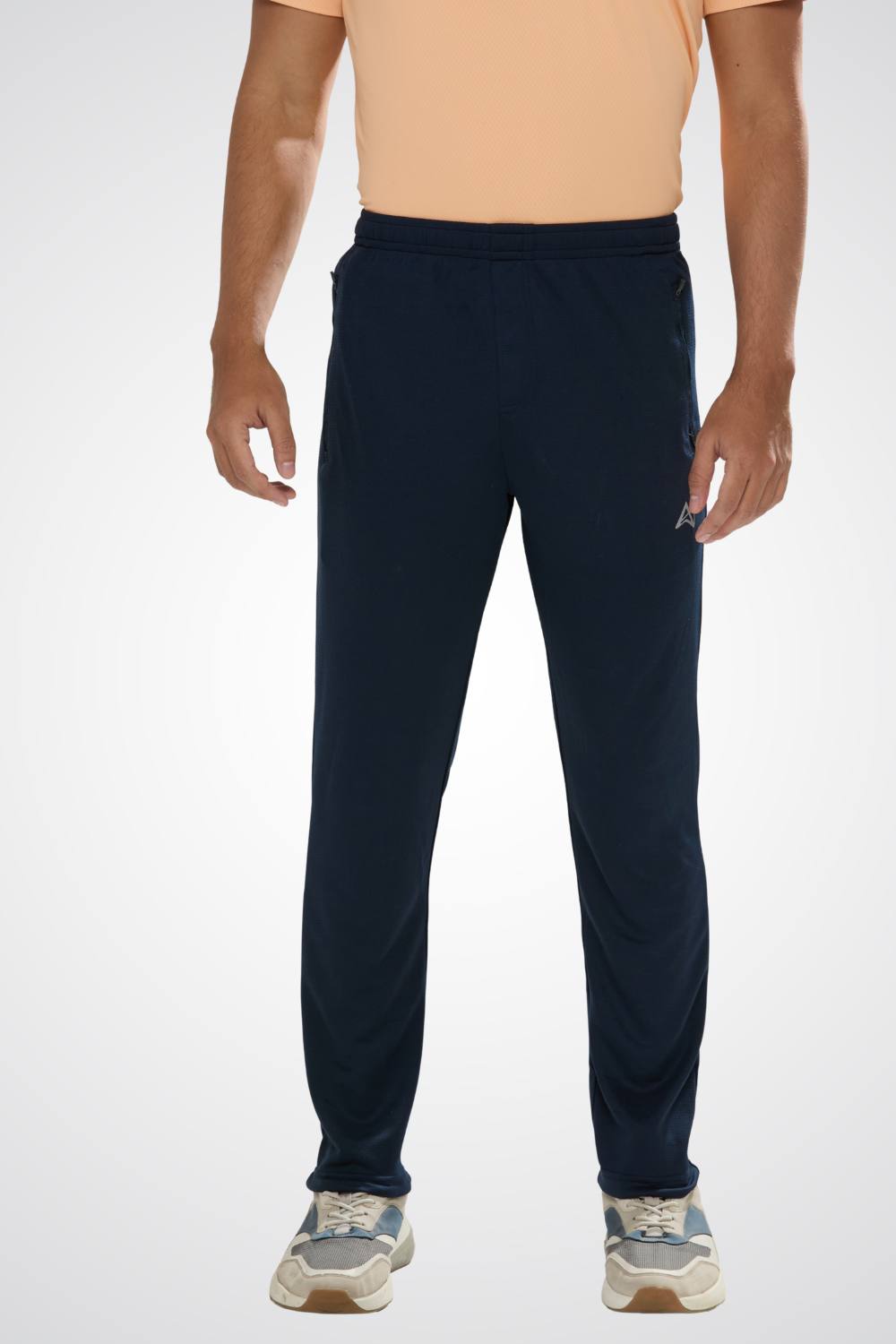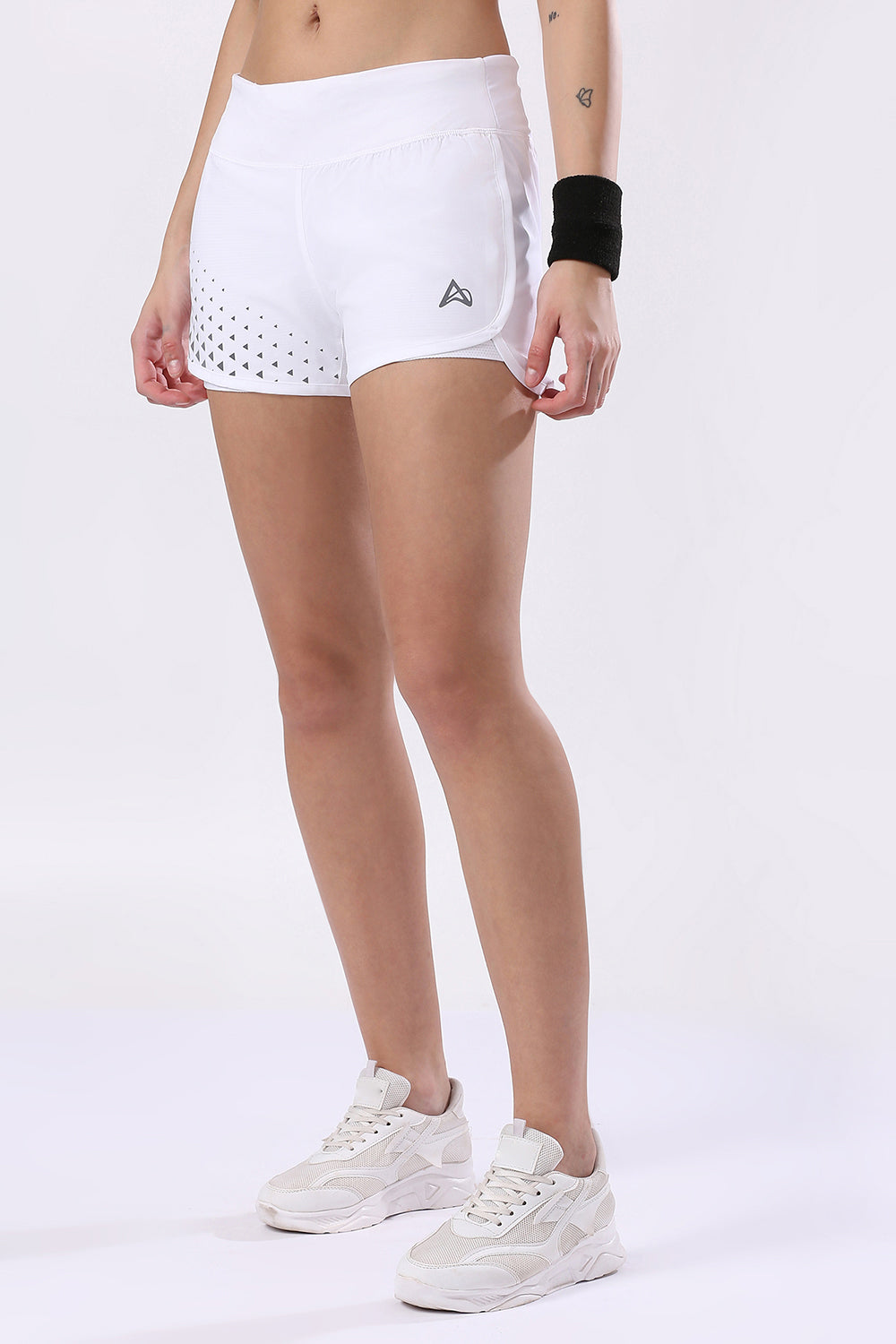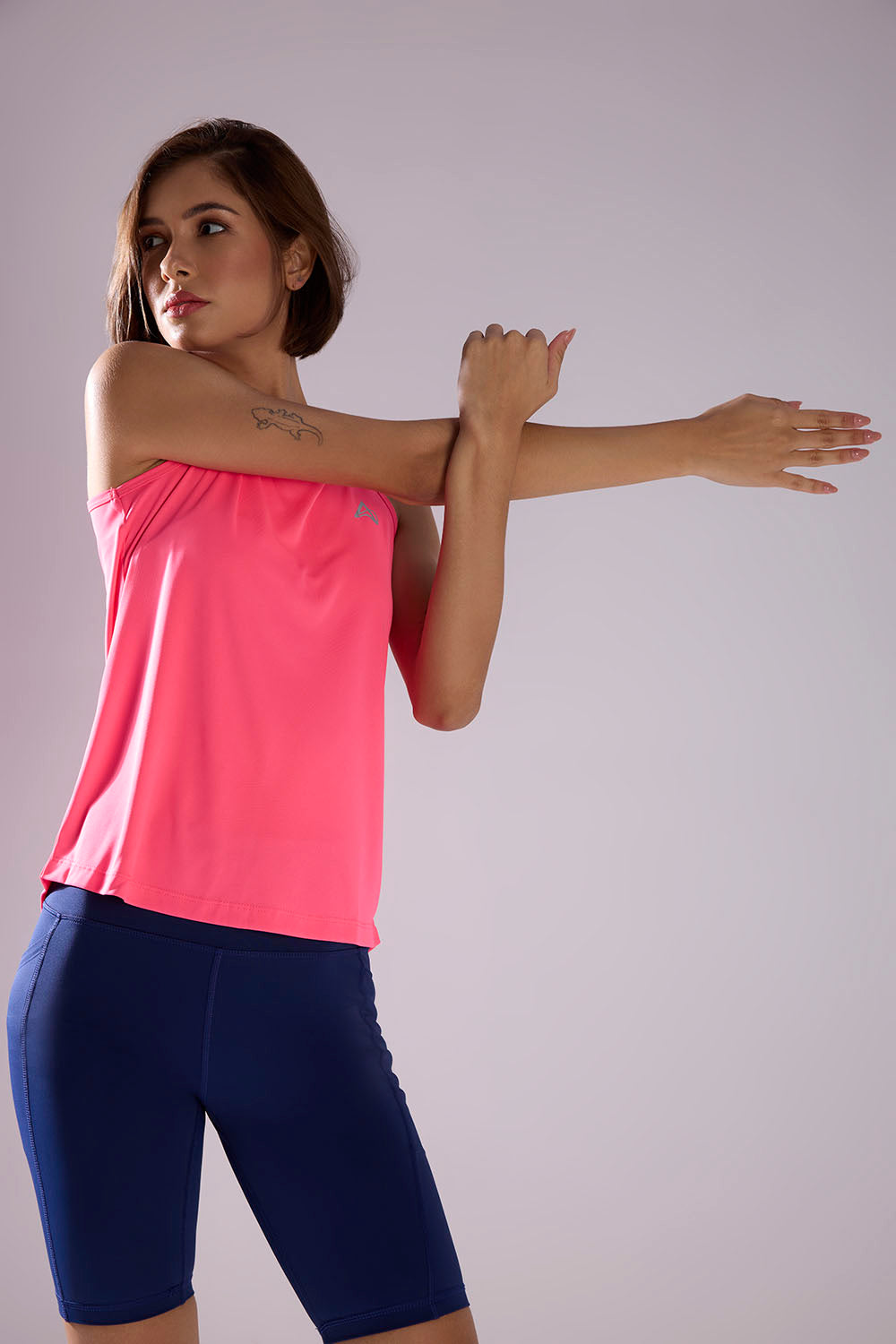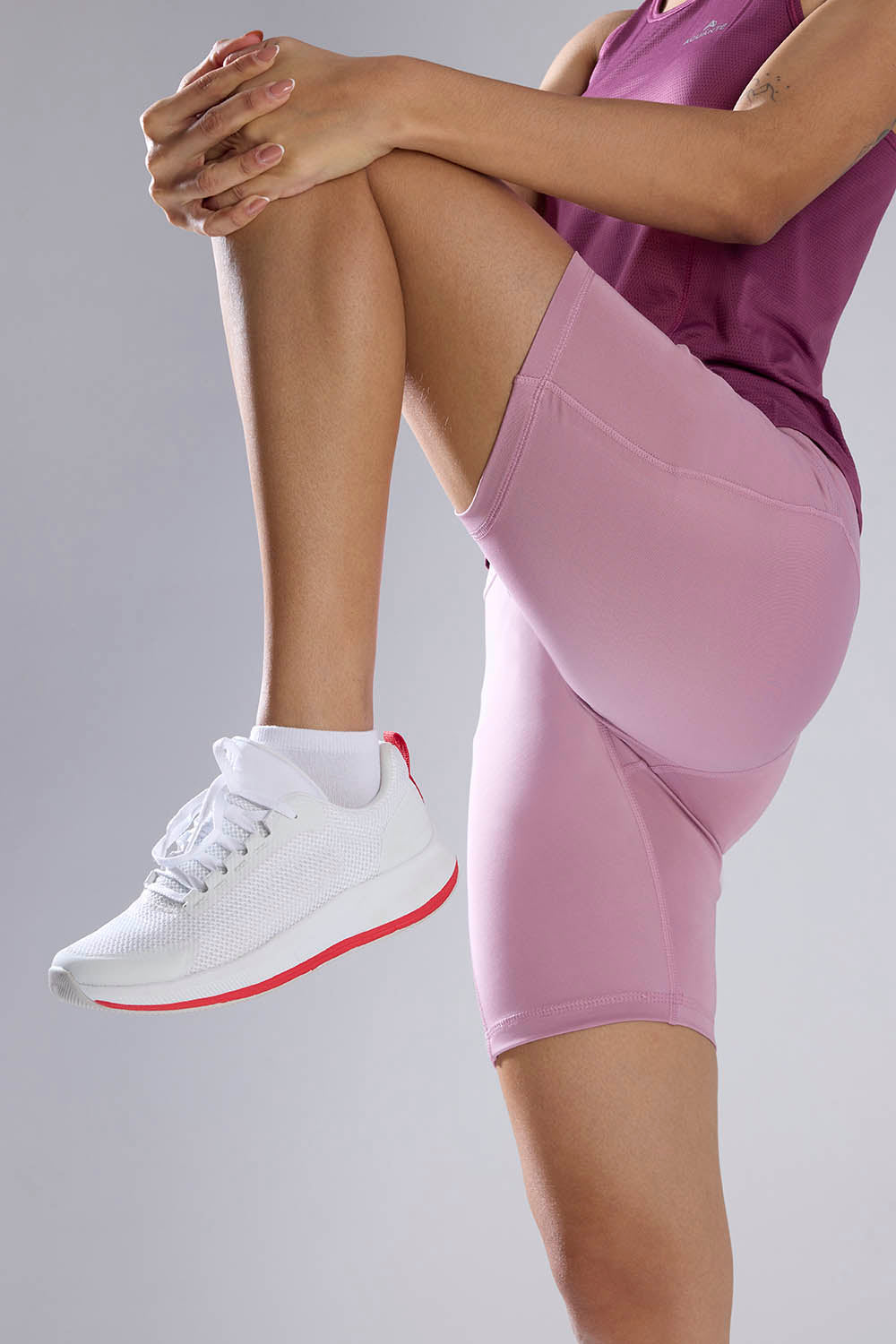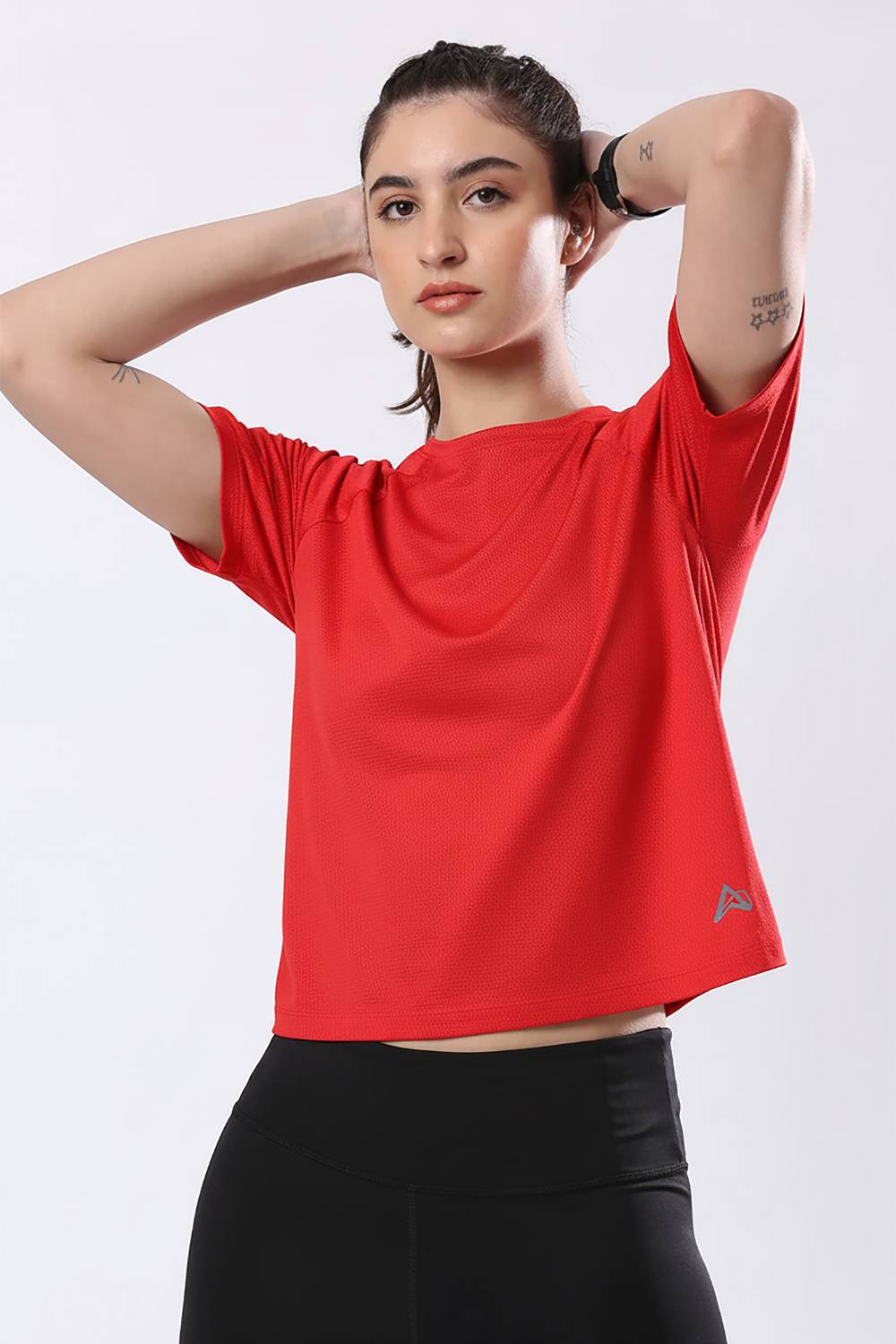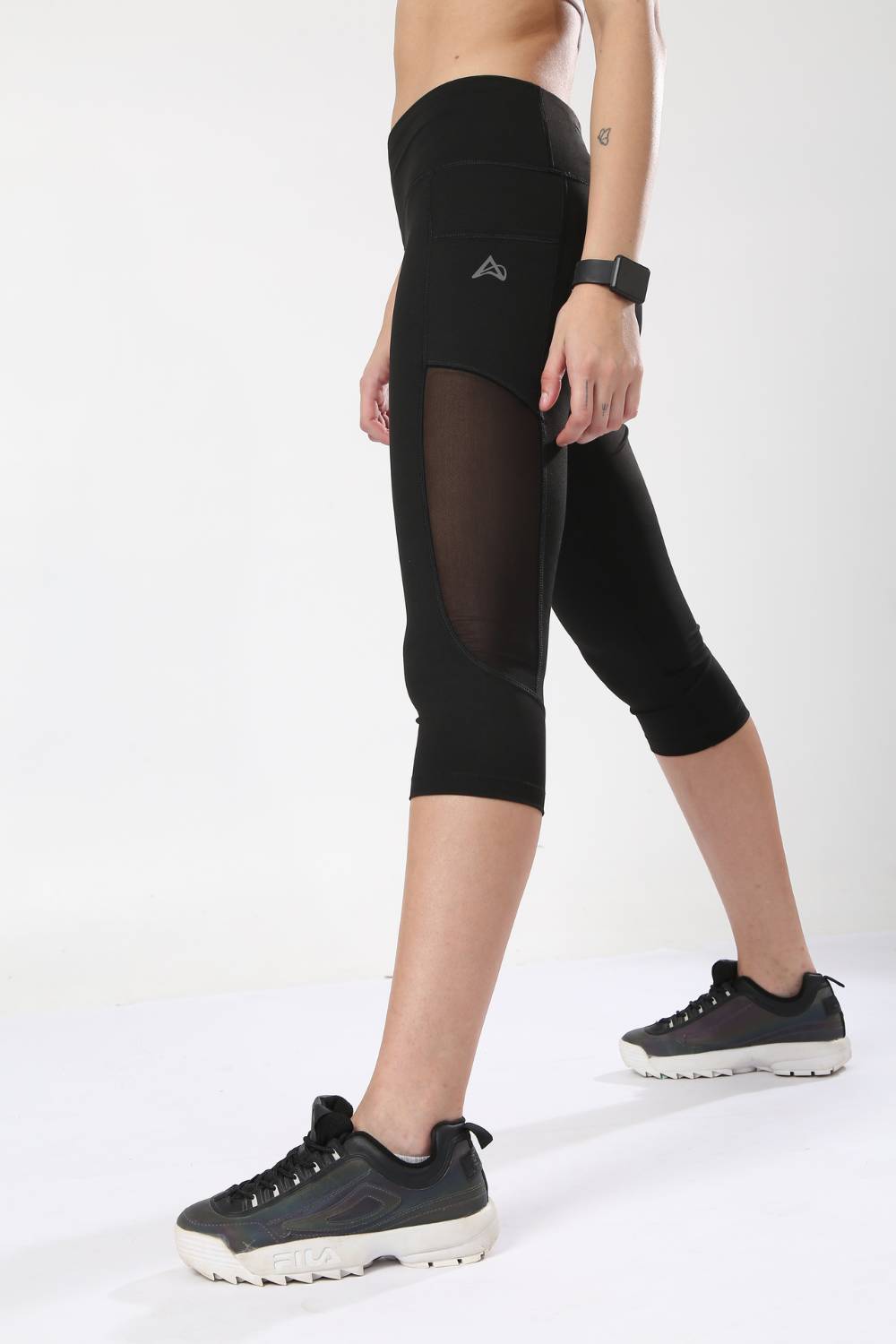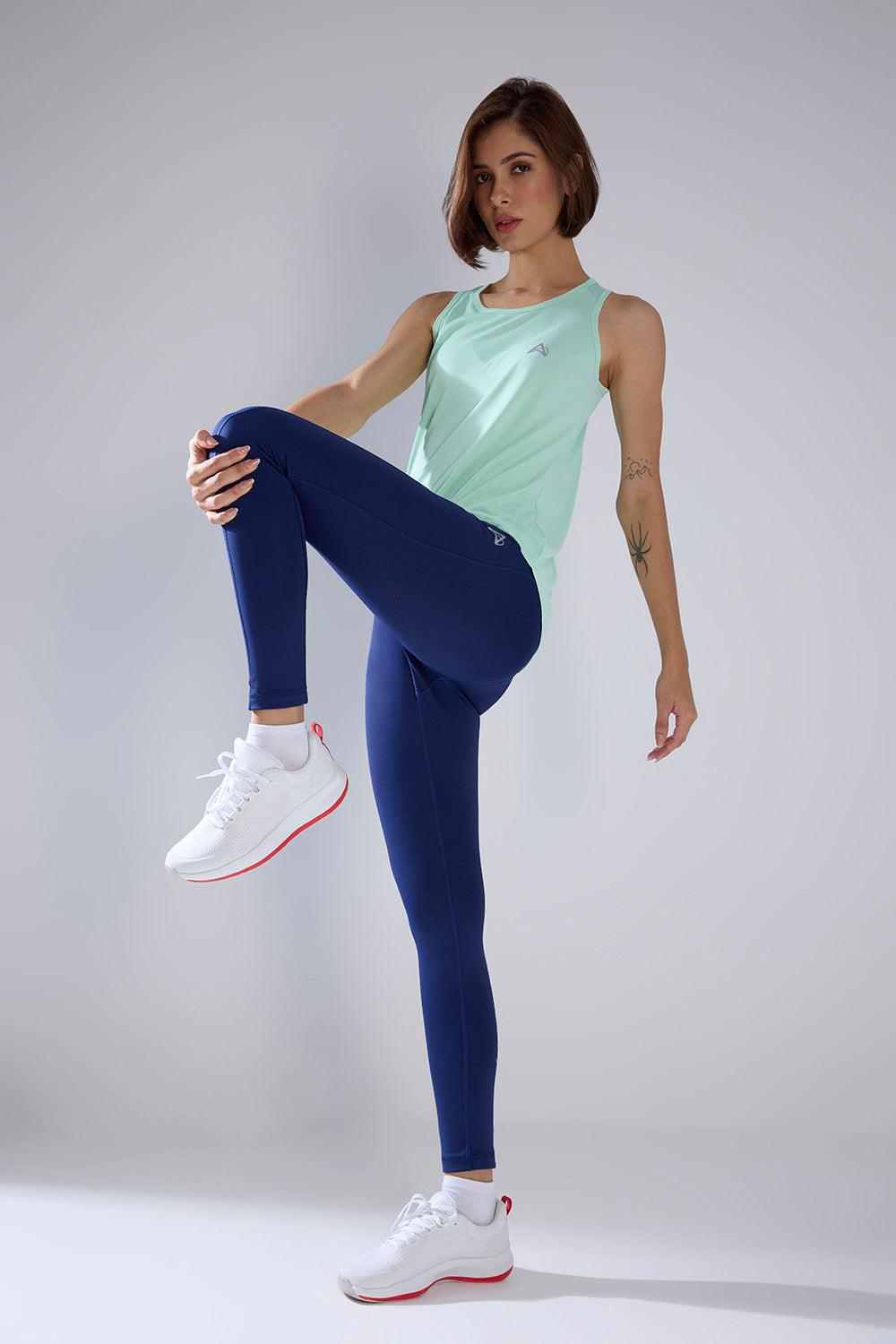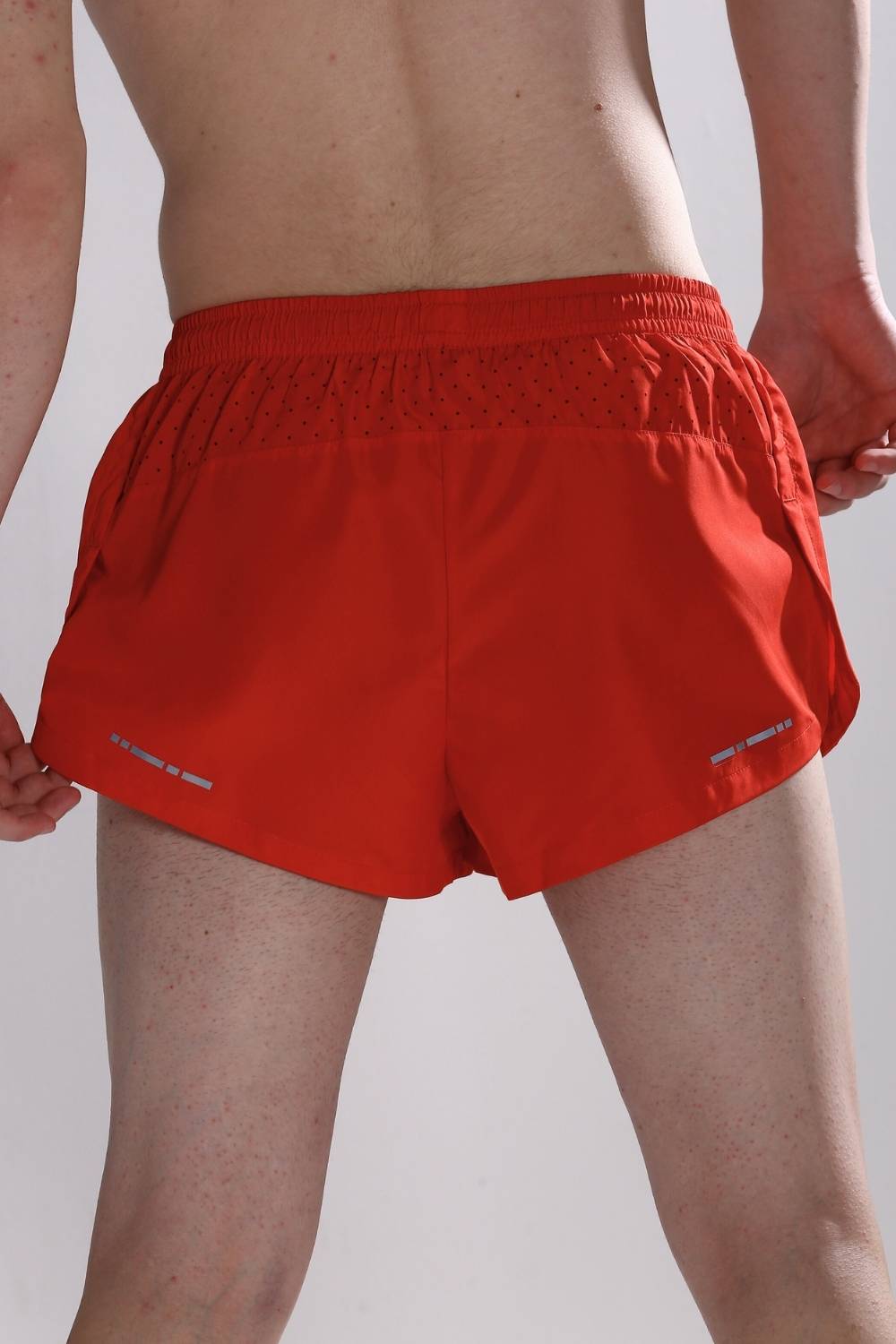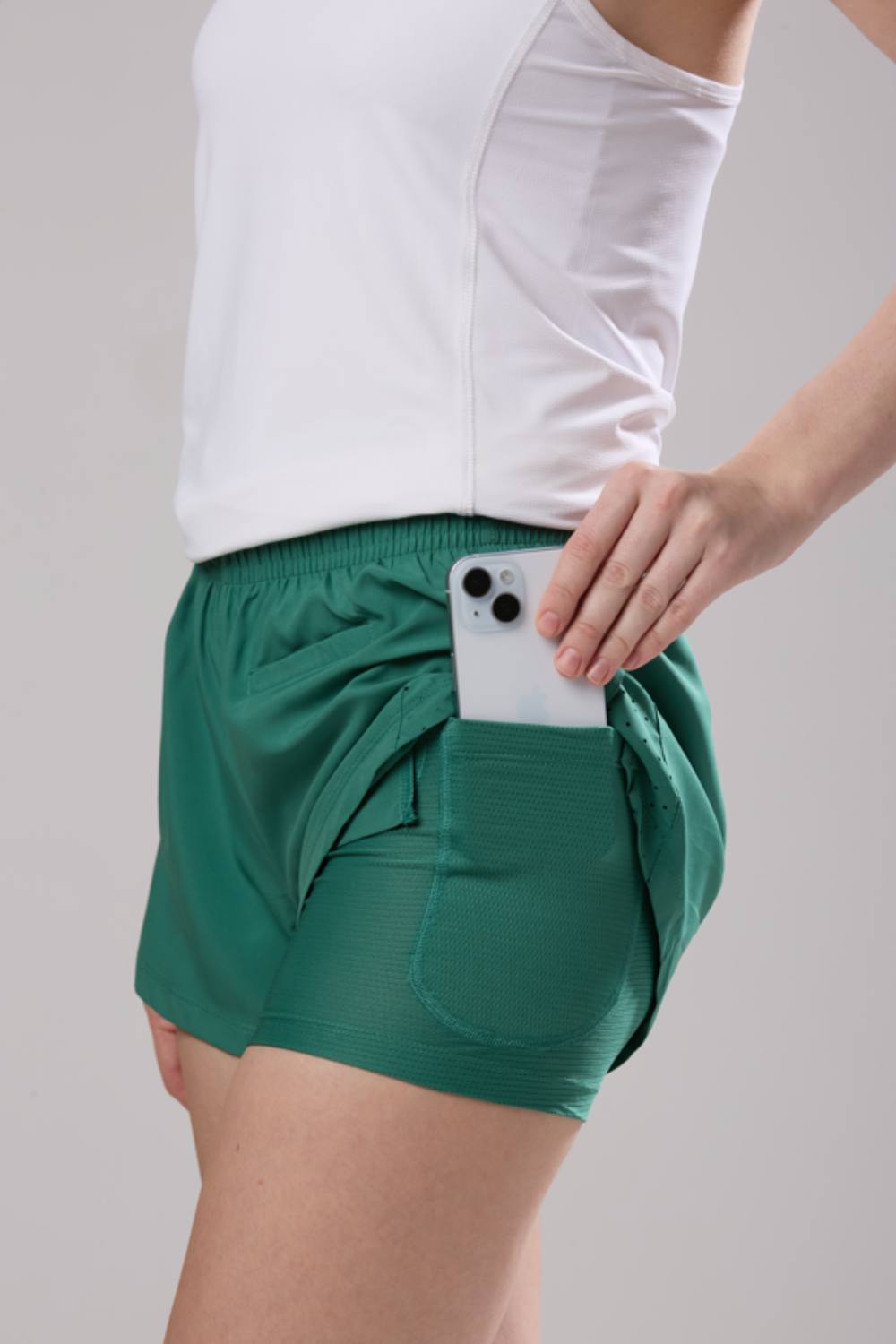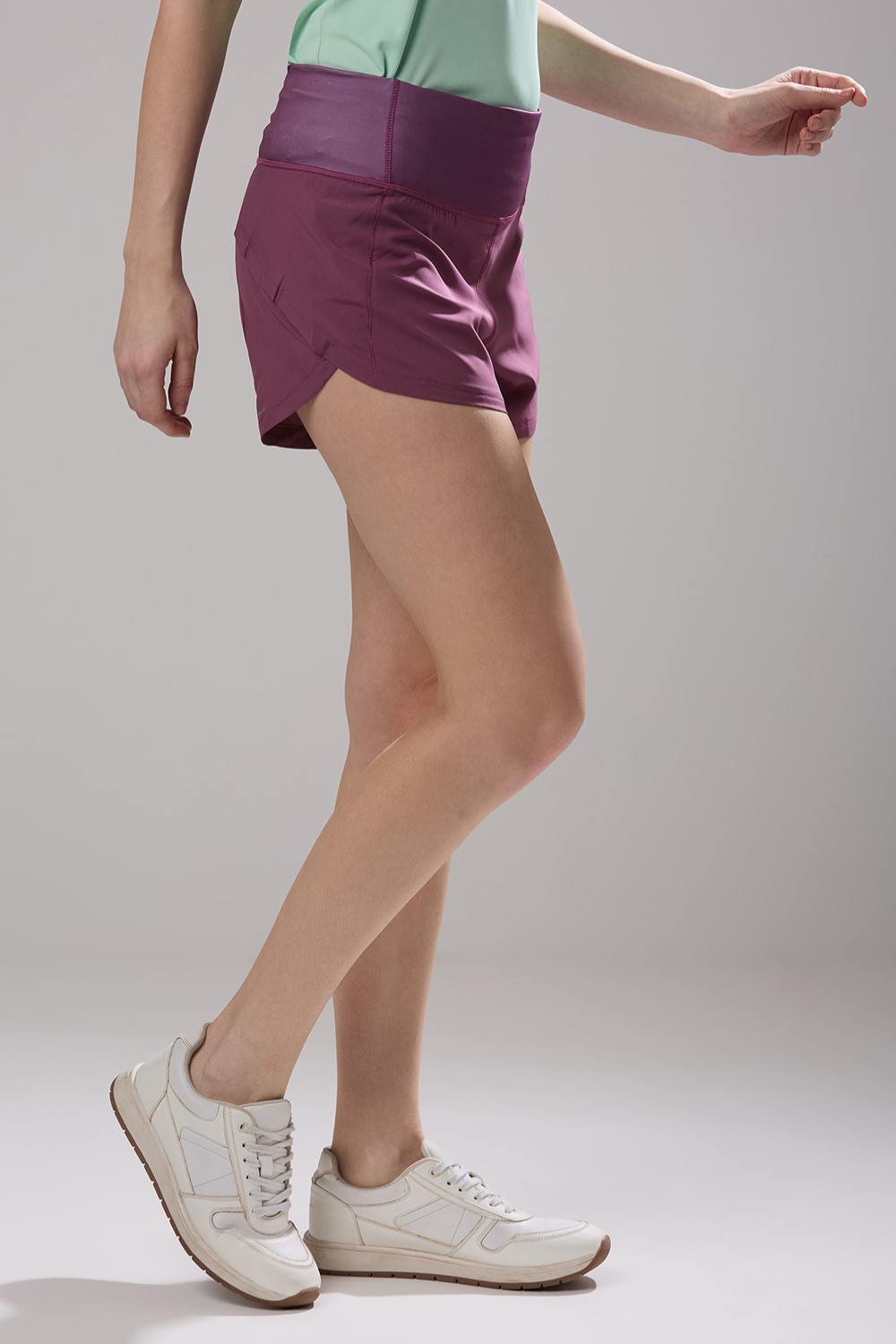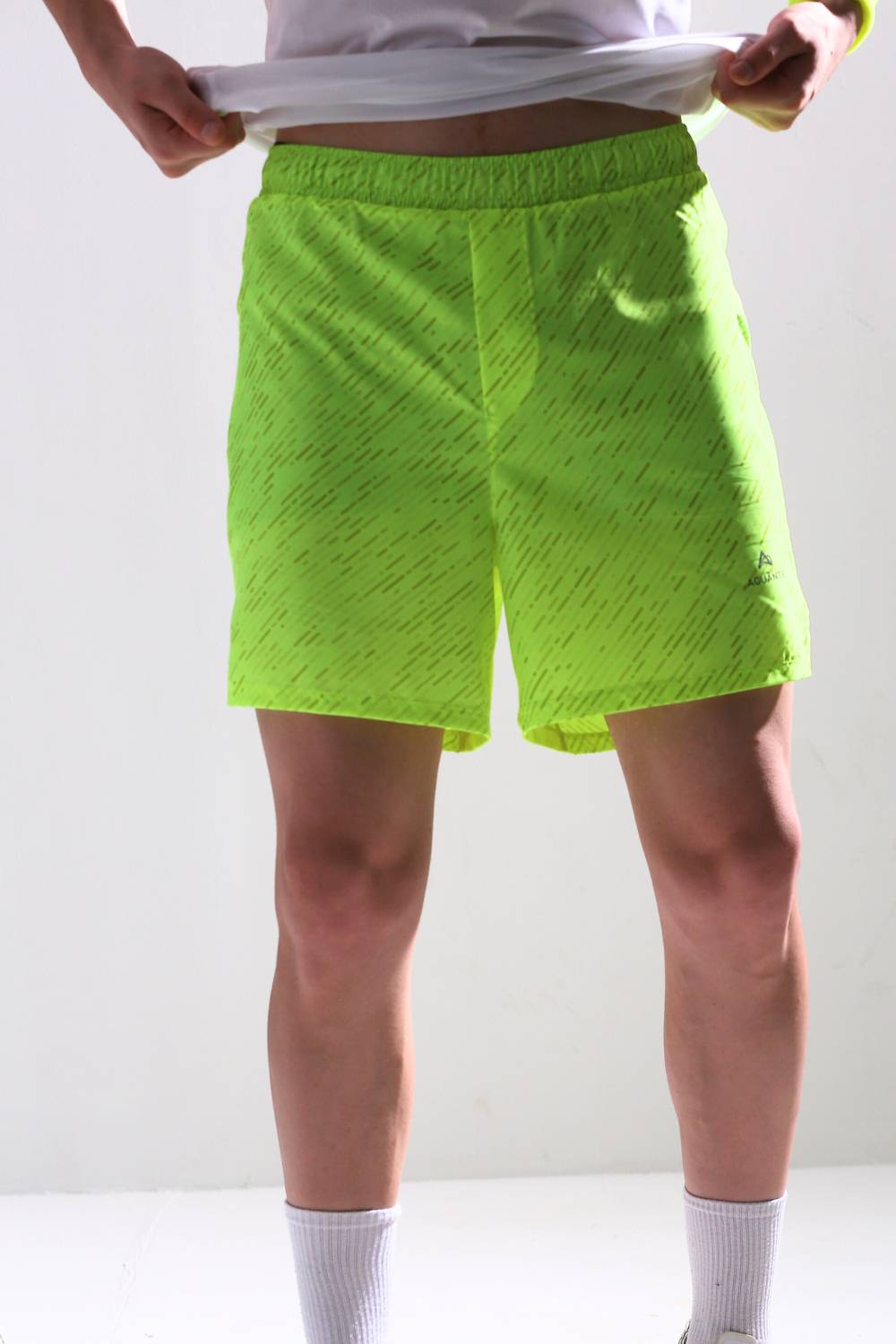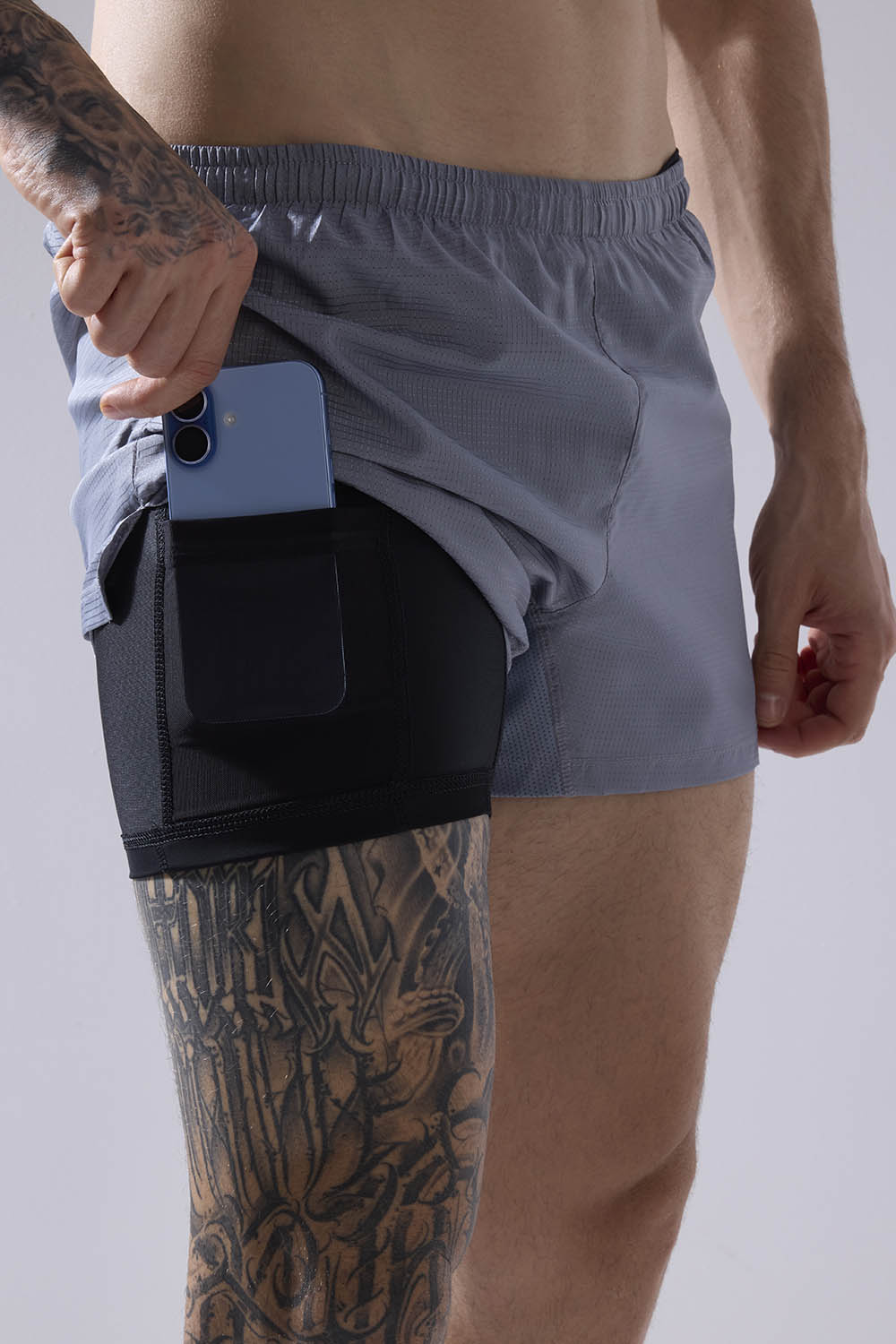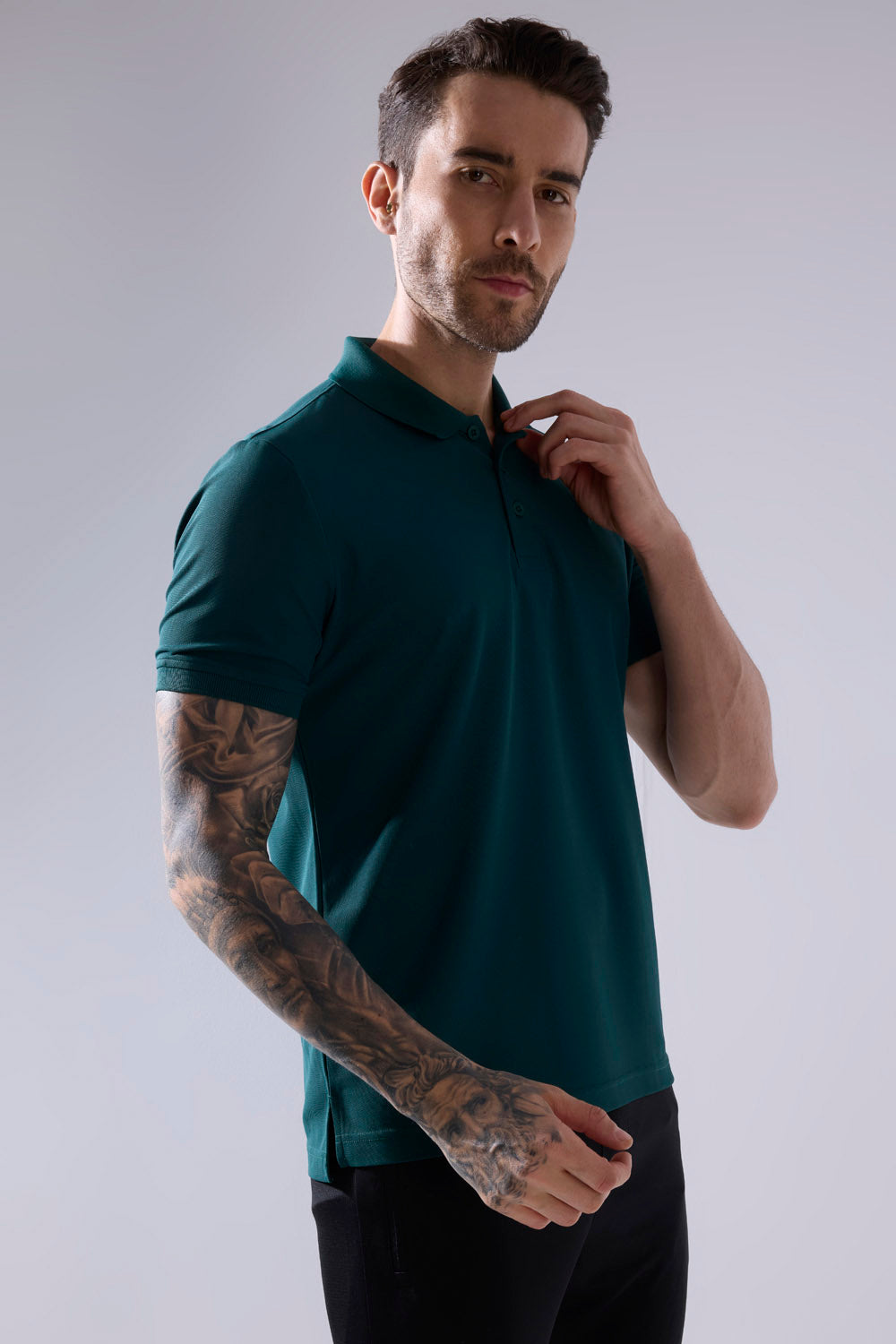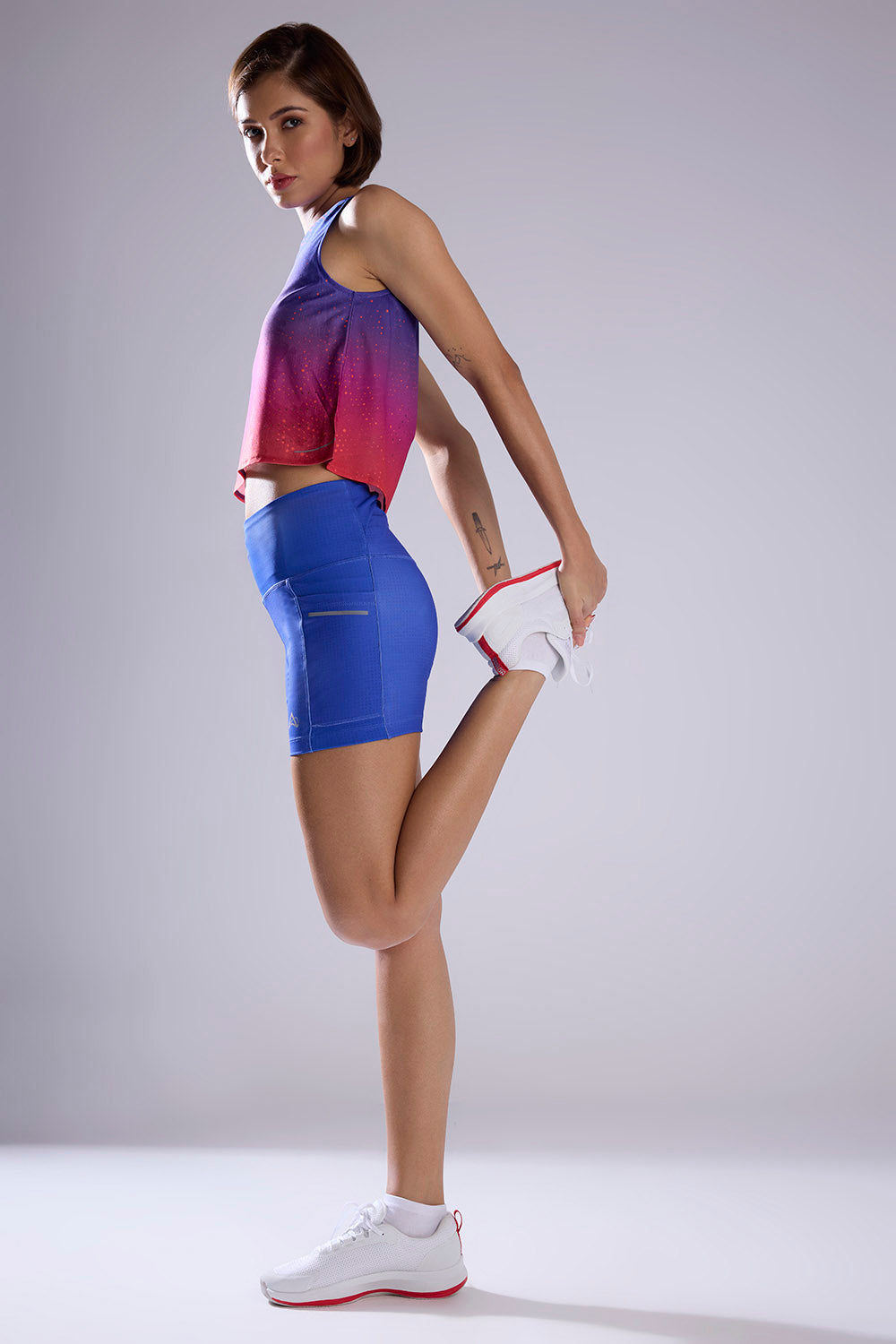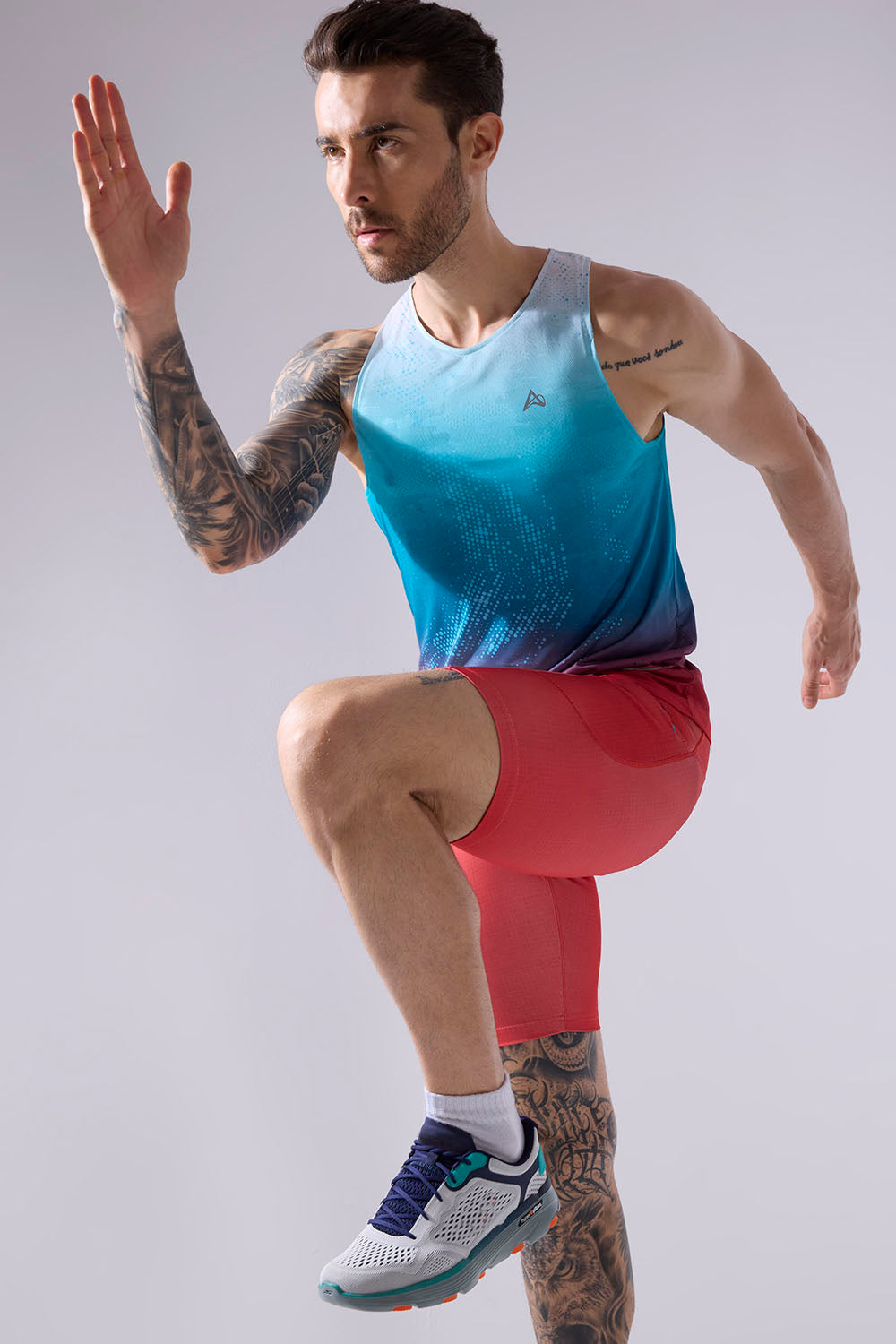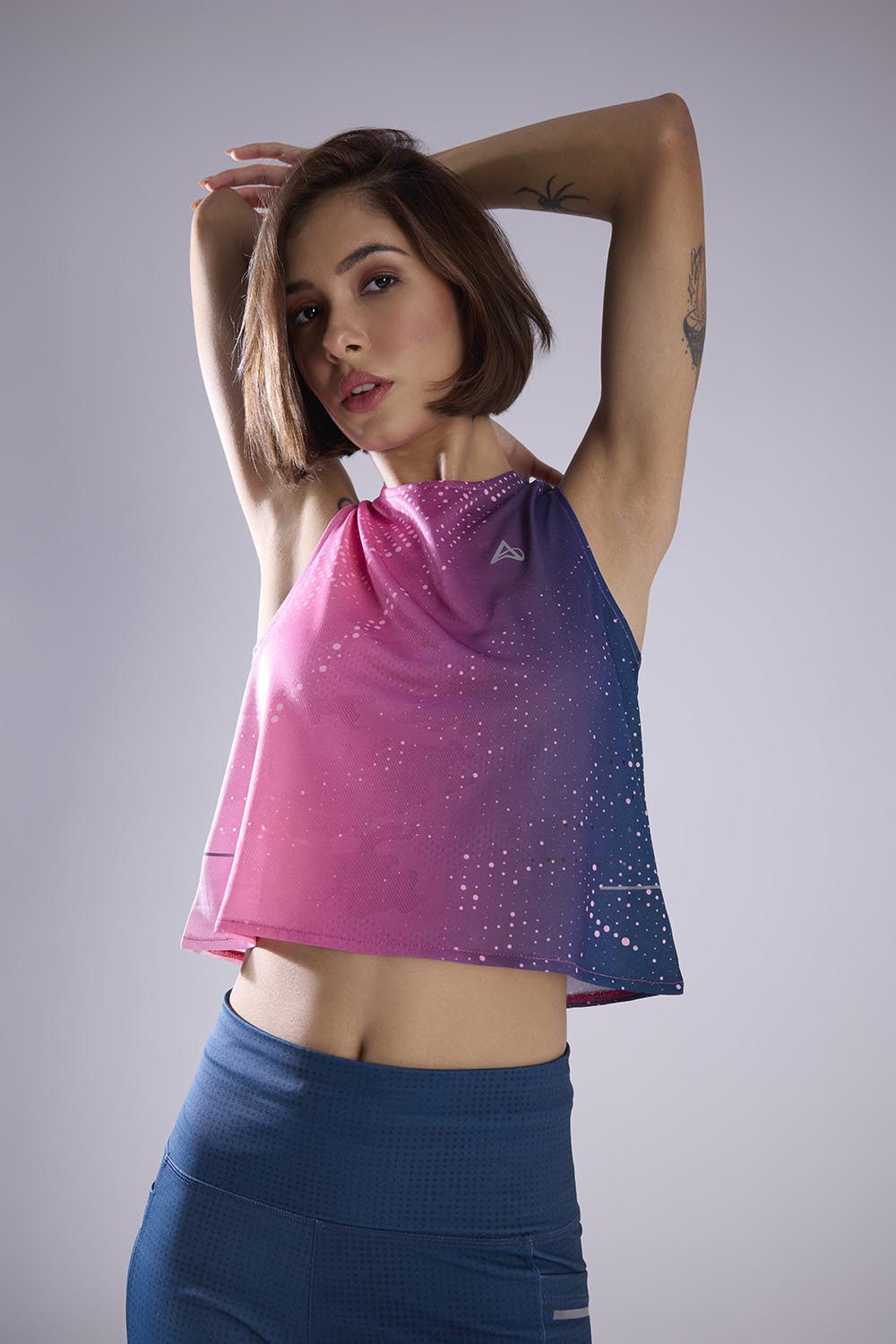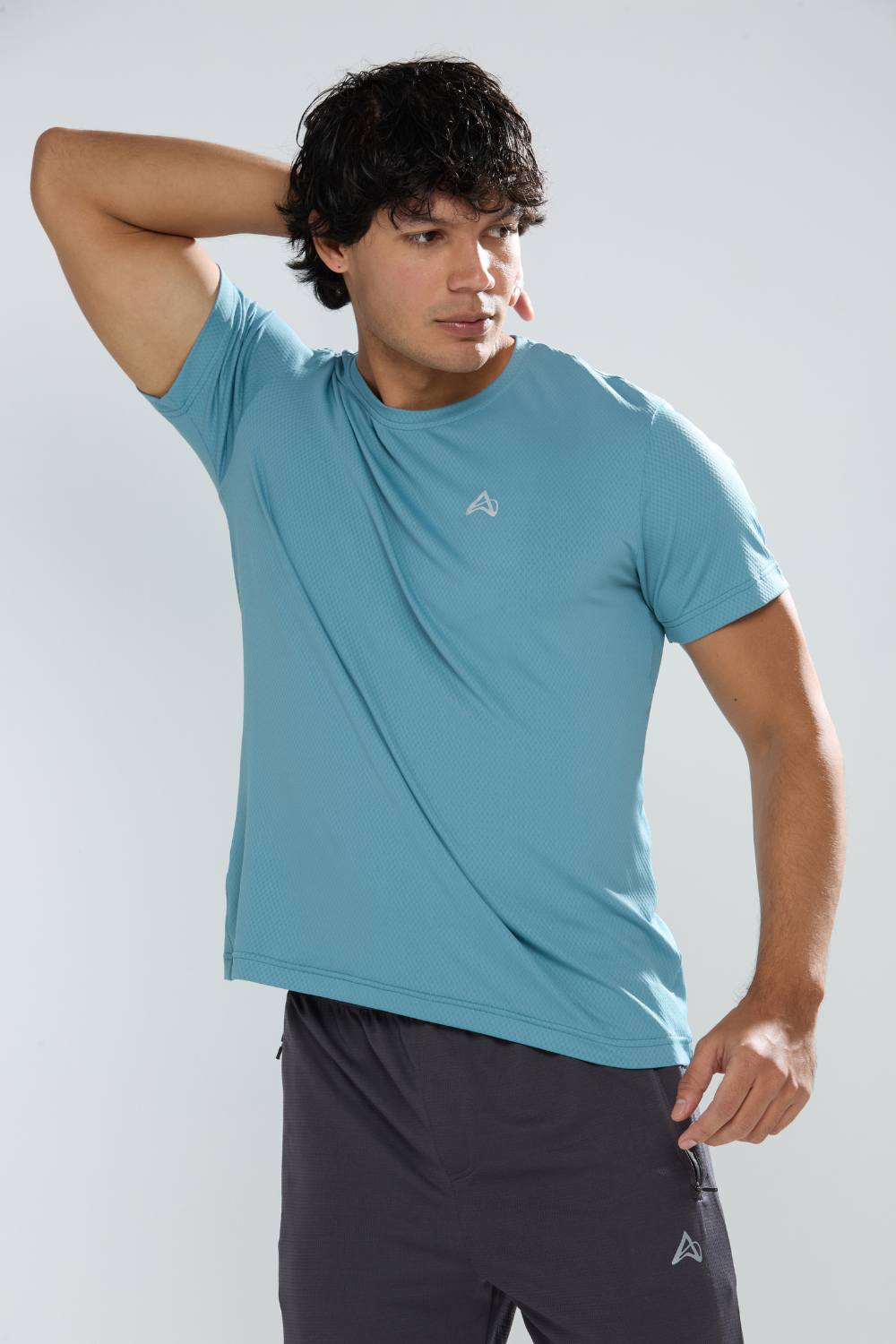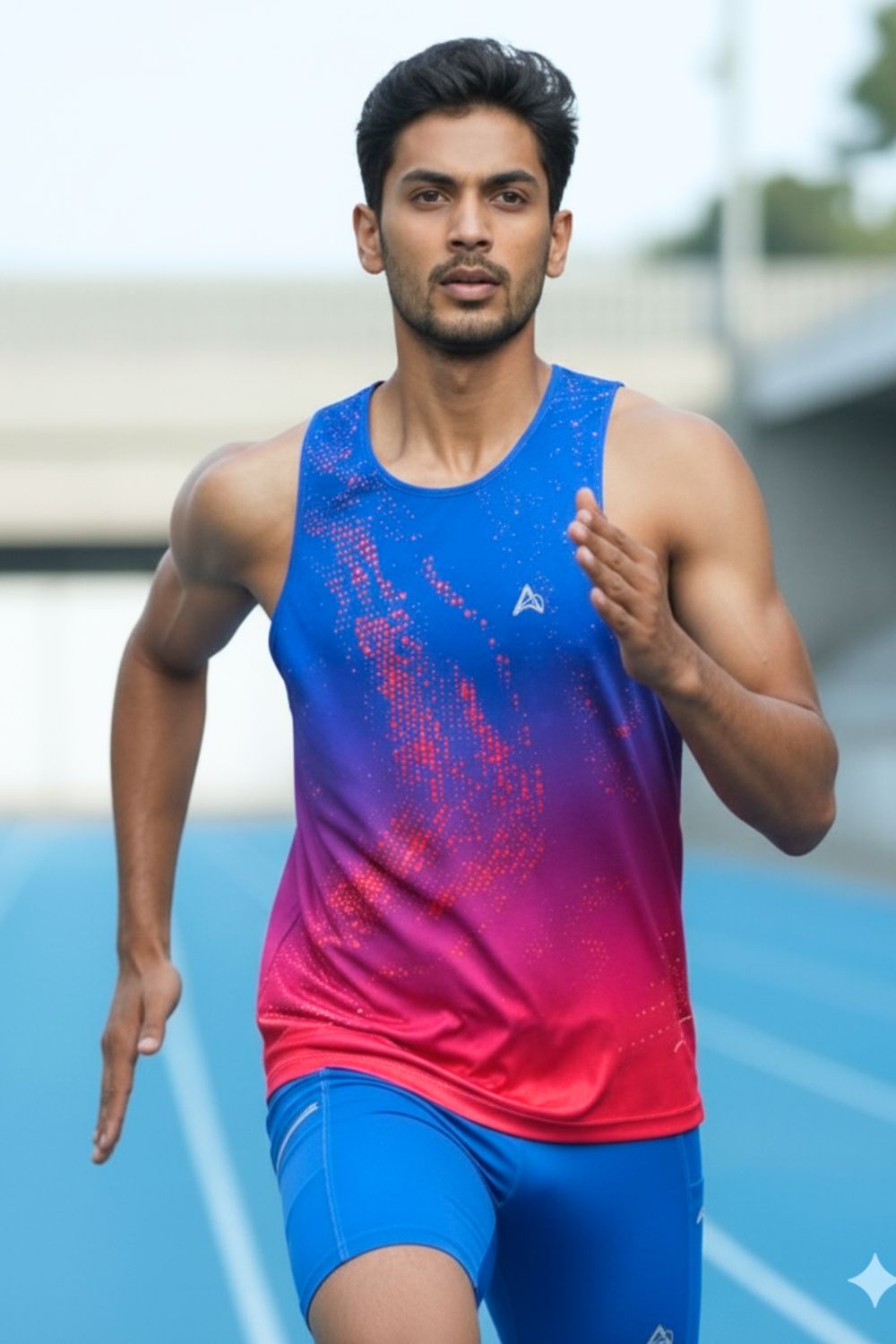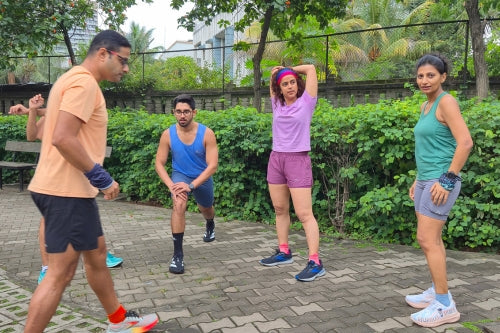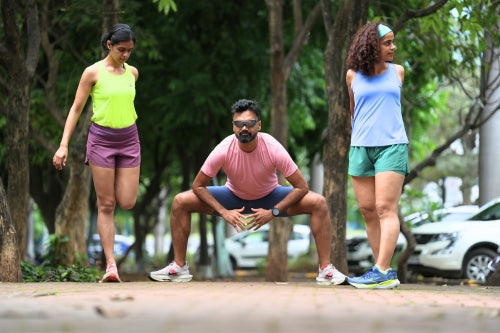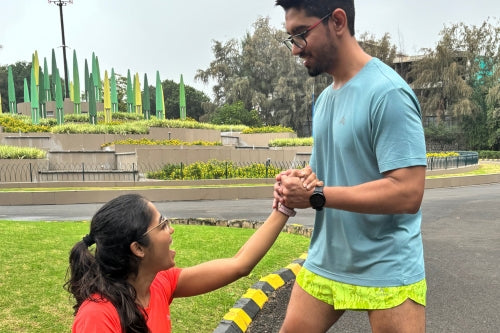Quick Listen:
The sun barely crests the horizon, casting a golden glow over a winding trail where a runner's sneakers strike the earth in steady rhythm. Their gear lightweight, breathable, and crafted from recycled materials does more than propel them forward; it carries a pledge to tread lightly on the planet. This is the new reality for eco-conscious runners, a growing legion within a $44.18 billion running gear market in 2024, projected to reach $69.86 billion by 2033 at a 5.18% annual growth rate, according to industry analysts at IMARC Group. North America commands 31.1% of this market, driven by cutting-edge technology and a surge in health-focused consumers hitting the trails, roads, and marathons. Yet, the real story lies in a seismic shift: runners are demanding gear that performs without plundering the environment. Brands like Aguante are answering the call, delivering high-performance apparel that resonates with those who value the earth as much as their finish times.
Tired of gear that slows you down? Chafing, soggy fabrics, and missing pockets kill your run's momentum. At Aguante, we're runners who get it. Our high-performance activewear features moisture-wicking fabrics, ergonomic designs, and smart storage to keep you focused. Shop Now!
A Cultural Shift Toward Green Gear
The running gear market is thriving, fueled by a global wave of health consciousness and the rising popularity of running as a fitness pursuit. Consumers, increasingly aware of climate change and resource scarcity, are pushing brands to rethink their approach. They want shoes that grip without leaving a heavy ecological footprint, apparel that wicks sweat while honoring sustainable principles. Aguante has emerged as a leader in this space, crafting products that marry performance with environmental responsibility. This isn't mere branding it's a response to a cultural awakening where runners see their gear as an extension of their values, a way to align personal goals with planetary health.
The numbers back this up. The global appetite for running gear reflects not just a love for the sport but a demand for products that reflect ethical priorities. As more people lace up to manage health conditions or chase the thrill of a marathon, they're choosing brands that prioritize the planet. This convergence of fitness and sustainability is reshaping the industry, with companies like Aguante setting the pace.
Innovations Driving Eco-Friendly Running
Sustainability begins with what's on your feet and body. Recycled polyester, derived from plastic bottles, and ocean plastics are transforming running gear. These materials aren't just eco-friendly; they're built to last, offering the lightweight durability runners need on rugged trails or urban streets. Aguante has embraced these fabrics, creating collections that prove green gear can rival traditional options in performance. Meanwhile, ethical production is non-negotiable for today's runners. Transparent supply chains and fair labor practices are now baseline expectations, with brands like Aguante ensuring their manufacturing processes align with these values.
Water conservation is another frontier. Traditional textile production can consume thousands of gallons of water per garment, but innovative techniques like waterless dyeing are changing the game. Some brands are also designing gear for circularity products that can be recycled or repurposed at the end of their life. On Running, a Zurich-based brand, exemplifies this ethos. Their headquarters buzzes with solar power and boasts a community garden, but as Vogue Business notes, creating sustainable footwear is complex. The technical demands of running shoes cushioning, stability, traction often outpace current eco-friendly material solutions. Still, On Running is forging ahead, testing new ways to balance performance with environmental impact.
Runners Making a Difference
Aguante's eco-friendly line is a game-changer. Their gear, woven from recycled materials, holds up under the strain of ultramarathons and muddy trails, earning praise for breathability and resilience. For runners, the environmental angle adds a deeper purpose. One ultramarathoner, reflecting on a grueling 50-mile race, described how sustainable gear felt like a quiet rebellion against disposable culture. As The Guardian reported, Charlotte Young Bowens, collapsed at mile 48 of an ultramarathon, found strength in her gear and her resolve, pushing through emotional and physical exhaustion to finish. Her story underscores how the right equipment can carry runners through moments of doubt, amplifying both performance and purpose.
Other brands are joining the charge. Partnerships with environmental initiatives like ocean cleanup efforts or shoe recycling programs are gaining traction. The sneaker industry, valued at $70 billion in 2020 per The Guardian, faces intense scrutiny to curb its waste-heavy footprint. Innovators are responding with biodegradable soles and modular designs that extend product lifespans, earning loyalty from runners who view their purchases as votes for sustainability.
Challenges on the Path to Sustainability
Going green isn't easy. Eco-friendly materials often carry a higher price tag, which can deter budget-conscious runners. Aguante and others must persuade consumers that the cost is justified not just for environmental benefits but for top-tier performance. Sourcing high-quality, sustainable fabrics is another hurdle. These materials must deliver on moisture-wicking, stretch, and durability, all while meeting ethical standards. Scaling production to meet global demand without sacrificing sustainability requires hefty investment and innovation. As Vogue Business highlights, the footwear sector has lagged in reducing its environmental toll, largely because eco-friendly technologies are still catching up to performance needs. Progress is happening, but it's a marathon, not a sprint.
Then there's the challenge of consumer education. Runners need to understand why sustainable gear matters and how it performs under pressure. Brands that communicate this effectively like Aguante with its transparent supply chain build trust and set themselves apart in a crowded market.
The Business Case for Green Gear
Despite the obstacles, sustainability is a winning strategy. Eco-conscious runners are fiercely loyal, rewarding brands that deliver on their promises. Aguante's focus on transparency and performance has cultivated a dedicated following, proving that sustainability is a competitive edge. As IMARC Group notes, the running gear market's growth is tied to consumer demand for value-aligned products. Brands that prioritize eco-friendly practices are carving out a lucrative niche, blending profit with purpose.
The environmental impact is equally compelling. Recycled materials and water-saving techniques reduce carbon emissions and conserve resources. Each sustainable garment sold chips away at the industry's ecological footprint, creating a ripple effect. As demand for green gear grows in Europe and Asia, the potential for global change expands, signaling a broader industry shift toward sustainability.
Toward a Greener Finish Line
The future of sustainable running gear is bright. Experts predict that within a decade, breakthroughs in biodegradable materials and closed-loop recycling will redefine the industry. Challenges like cost and scalability remain, but brands like Aguante are proving that sustainability and performance can coexist. As technology advances, the gap between eco-friendly and high-performance gear will narrow, making green choices the norm, not the exception.
For runners, the message is clear: your gear is more than equipment it's a statement. Every stride in recycled sneakers or sustainably made apparel is a step toward a healthier planet. The finish line isn't just about personal triumph; it's about collective impact. So, as you lace up for your next run, consider the legacy you're leaving. With brands like Aguante leading the way, sustainable running gear isn't just a trend it's a movement, one that invites every runner to make a difference, one step at a time.
Frequently Asked Questions
What makes running gear sustainable and eco-friendly?
Sustainable running gear is made using eco-conscious materials like recycled polyester, ocean plastics, and water-saving dyes. Brands like Aguante also emphasize ethical production, transparent supply chains, and durability, ensuring the gear performs well while reducing environmental impact.
Why is there growing demand for eco-friendly running apparel?
As climate awareness increases, runners are seeking gear that reflects their environmental values without compromising on performance. The global running gear market, projected to reach $69.86 billion by 2033, is being reshaped by consumers who prioritize sustainability, ethical manufacturing, and long-lasting functionality.
Are sustainable running products as durable and high-performing as traditional gear?
Yes, many sustainable running products now match or even exceed the durability and performance of conventional options. For instance, Aguantes eco-conscious collections are praised for their breathability, moisture-wicking capabilities, and resilience in ultramarathons proving that green gear can go the distance.```Let me know if you'd like these adapted for use in product pages, email marketing, or social media.
Disclaimer: The above helpful resources content contains personal opinions and experiences. The information provided is for general knowledge and does not constitute professional advice.
You may also be interested in: Sustainable Activewear Gains Ground in India
Tired of gear that slows you down? Chafing, soggy fabrics, and missing pockets kill your run's momentum. At Aguante, we're runners who get it. Our high-performance activewear features moisture-wicking fabrics, ergonomic designs, and smart storage to keep you focused. Shop Now!
Powered by flareAI.co

